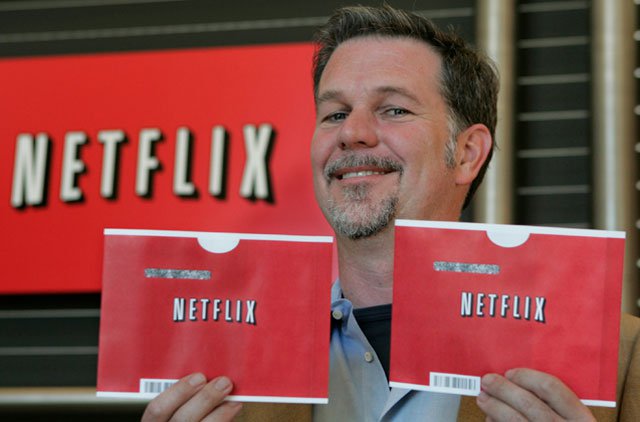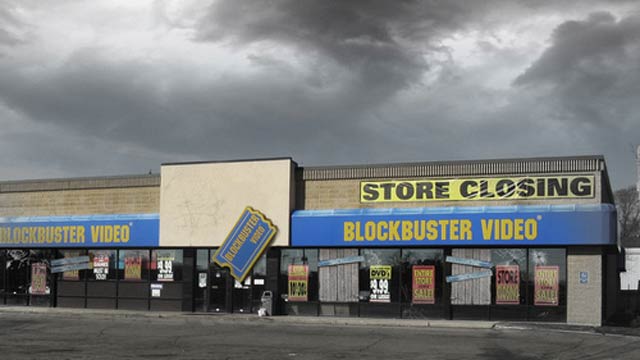The particular rules Clayton Christensen laid down for disruptive innovation probably don’t much matter because the world doesn’t exist within his constructs, but ginormous companies (even entire industries) being done in by much smaller ones has become an accepted part of life in the Digital Age.
In trying to explain this phenomenon, Christopher Mims of the Wall Street Journal explores the ideas in Anshu Sharma’s much-debated article about Stack Fallacy, which argues that companies moving up beyond their core businesses are likely to fail (Google+, anyone?), while those moving down into the guts of what they know have a far better chance. For an example of the latter, Mims writes of the ride-sharing sector. An excerpt:
To really understand the stack fallacy, it helps to recognize that companies move “down” the stack all the time, and it often strengthens their position. It is the same thing as vertical integration. For example, engineers of Apple’s iPhone know exactly what they want in a mobile chip, so Apple’s move to make its own chips has yielded enormous dividends in terms of how the iPhone performs. In the same way, Google’s move down its own stack—creating its own servers, designing its own data centers, etc.—allowed it to become dominant in search. Similarly, Tesla’s move to build its own batteries could—as long as it allows Tesla to differentiate its products in terms of price and/or performance—be a deciding factor in whether or not it succeeds.
Of course, the real test of a sweeping business hypothesis is whether or not it has predictive power. So here’s a prediction based on the stack fallacy: We’re more likely to see Uber succeed at making cars than to see General Motors succeed at creating a ride-sharing service like Uber. Both companies appear eager to invade each other’s territory. But, assuming that ride sharing becomes the dominant model for transportation, Uber has the advantage of knowing exactly what it needs in a vehicle for such a service.
It is also worth noting that the stack fallacy is just that: a fallacy and not a law of nature. There are ways around it. The key is figuring out how to have true, firsthand empathy for the needs of the customer for whatever product you’re trying to build next.•





